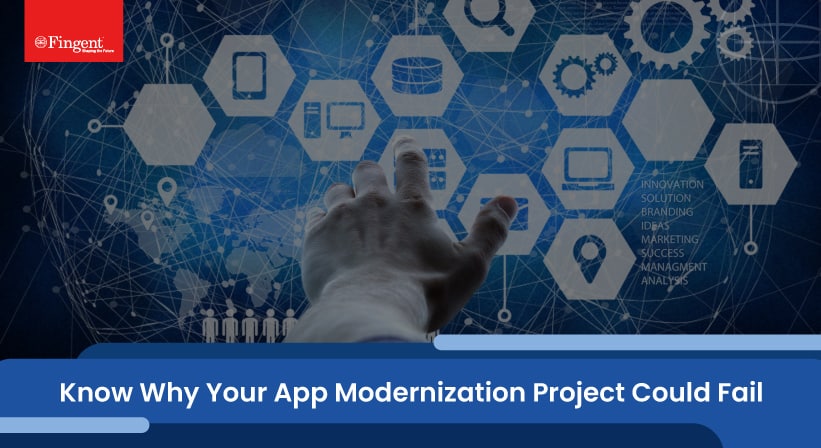The 101 Guide to Web Application Development
Can you imagine a day in your life without using any software applications? Yes, that would mean the apps in your phone too, like the calling, messaging, gaming or calendar apps! It will be tough, particularly in this era of technological advancement, when we talk of securely using devices in the Internet of Things, right?! Does it end there? Definitely no, because apart from individual needs, a lot of business-to-business interaction today happens via software applications. A few minutes of downtime in these web applications would bring the global businesses to a halt.
Those myriad overseas businesses, companies outsourcing projects, business partners around the globe, everyone use software applications to communicate, interact, exchange data and accomplish tasks. From simple transferring of funds into bank accounts to deploying global websites updating live pricing information (like e-commerce sites), the adoption of web applications in businesses is very huge. The advent of faster internet, new technologies, connected devices and powerful browsers, have made people depend on web applications and software more than ever.
Ever wondered what are the processes behind developing such smart web applications, which make our day-to-day tasks simply a piece of cake? What ‘behind the screen’ efforts make a perfect Application? Let’s go through these essential phases in the lifecycle of web application development.
The Web Application Architecture
This is the skeleton/ blueprint of your application, giving the overview of what it does, how it does it, who it is for, and the relation between its entities. The most widely used application architecture is three-tier architecture and has 3 tiers, viz., Presentation (User Services), Domain Logic (Business Services) and Data Storage (Data Services).
- Presentation tier: the gateway through which customers interact with the application.
- Domain Logic tier: The tier ranges from web scripting to server side programming, allowing users to do complex actions via a web interface.
- Data Storage tier: Stores, retrieves and updates information at a high level. Few data storage and retrieval devices are file systems, databases and writeable media.
Keeping these tiers in mind, following are the guidelines developers should follow to create a website application:
The feasible project: Choose the right project with respect to the resources, skill-set, publishing capabilities, and budget available.
Planning: Make a wireframe to plan the design of the application you are going to create. The key to a good application is, 50% planning and 50% coding. A properly planned wireframe helps you to envision the app before it’s being built and helps to avoid potential roadblocks. That said, wireframes are just a general structure and layout, and not detailed masterpiece works of art. Use the wireframes to further plan your page layouts and core components in it. But don’t waste time redrawing the components; after all it’s just a depiction of what you are going to create.
Draw out the planned design: Using the good old pen and paper, as opposed to software tools to draw out the ideas in your head actually help put in your raw creative input. It enables you to arrive at better designs in much less time. And you can perfectly translate it into designs.
Forecasting the goals, nature and the direction in which the app development should progress: This is the phase where teams associated with the project, developers, testers, BAs and management get together to discuss the goals that must be achieved through the application. There shall be a clear documentation of what the Application will achieve.
Devising the Plan: How will the application be built? What scripting language should be used, what all features to be included and how long should the development of decided features take? The focus here will be on the Project plan, wherein the timeframe for different tasks and the functional specification which depicts the functionality and flow of the app in detail will be decided.
Development: Once the foundation (project plan and functional specs) are set, the developers can then start coding, testing and publishing. There shall be proper documentation of how the development will progress, and what entities, data variables, and coding procedures will be used throughout the project.
Testing for stability: The phase will test the application for bugs, errors, stability, quality and purpose. There are different approaches for testing, for instance, testing side-by-side with the development is called Test-driven Development.
Staging: is the phase where the release candidate is assembled, tested and reviewed in a website environment similar to the production environment (actual hardware and software in which the application will be used), before moving it to production. This is where the final testing will be performed, adding no new features.
Production: This is the final version of the application presented to the end users. This version of the website application won’t change until its next update is ready after proving to be stable in the staging environment.
Security: Know, design, develop and deploy software with secure features. Many software security vulnerabilities are not coding issues, but are design issues- “Lessons Learned from Five Years of Building More Secure Software”. Security is as crucial as the usability, performance, reliability, or scalability of the application.
Support scheme: Providing support for your application is equally important. Give your clients the ability to contact you, for instance, define procedure call in case of emergencies like application failures, mishaps, or downtime. Ticket tracking system, where requests are identified by unique codes, is a good example of support scheme.
A plenty of smart tools available today help by automating several aspects of website application development mentioned above, making the job much easier than it was before. So, there you have the tools and the wireframe to plan, design and develop your next web application. If you need further help in planning or developing your next software application, be it a website or mobile app, our software experts can help!
Stay up to date on what's new

Recommended Posts

21 Nov 2022 B2B
Why App Modernization Projects Fail – The Secret To A Successful App Modernization Project Journey!
Modernization is a desire to stay relevant and grow. App modernization does just that for businesses. It enables them to stay relevant and grow. In line with that, organizations worldwide……

18 Nov 2022 B2B
Node.Js Vs Ruby On Rails: Diving Deeper Into The Popular Backend Frameworks
Digital presence is no longer confined to a static website. The advent of backend frameworks has helped raise the standards of web development. The backend frameworks are an important aspect……

05 May 2022
Web Application Development: A Detailed Guide for 2022
Web Application Development: A Detailed Guide for 2022 Web Application is the first line of contact between your customers and business. Let’s Discuss Your Project Table of Contents What is……

31 Jul 2021
Web Application Development: A Detailed Guide for 2021
A comprehensive guide to web application development in 2021 Introduction What is a Web Application? What is Web Application Development? Web Apps vs Mobile Apps Types of Web Applications……
Featured Blogs
Stay up to date on
what's new










